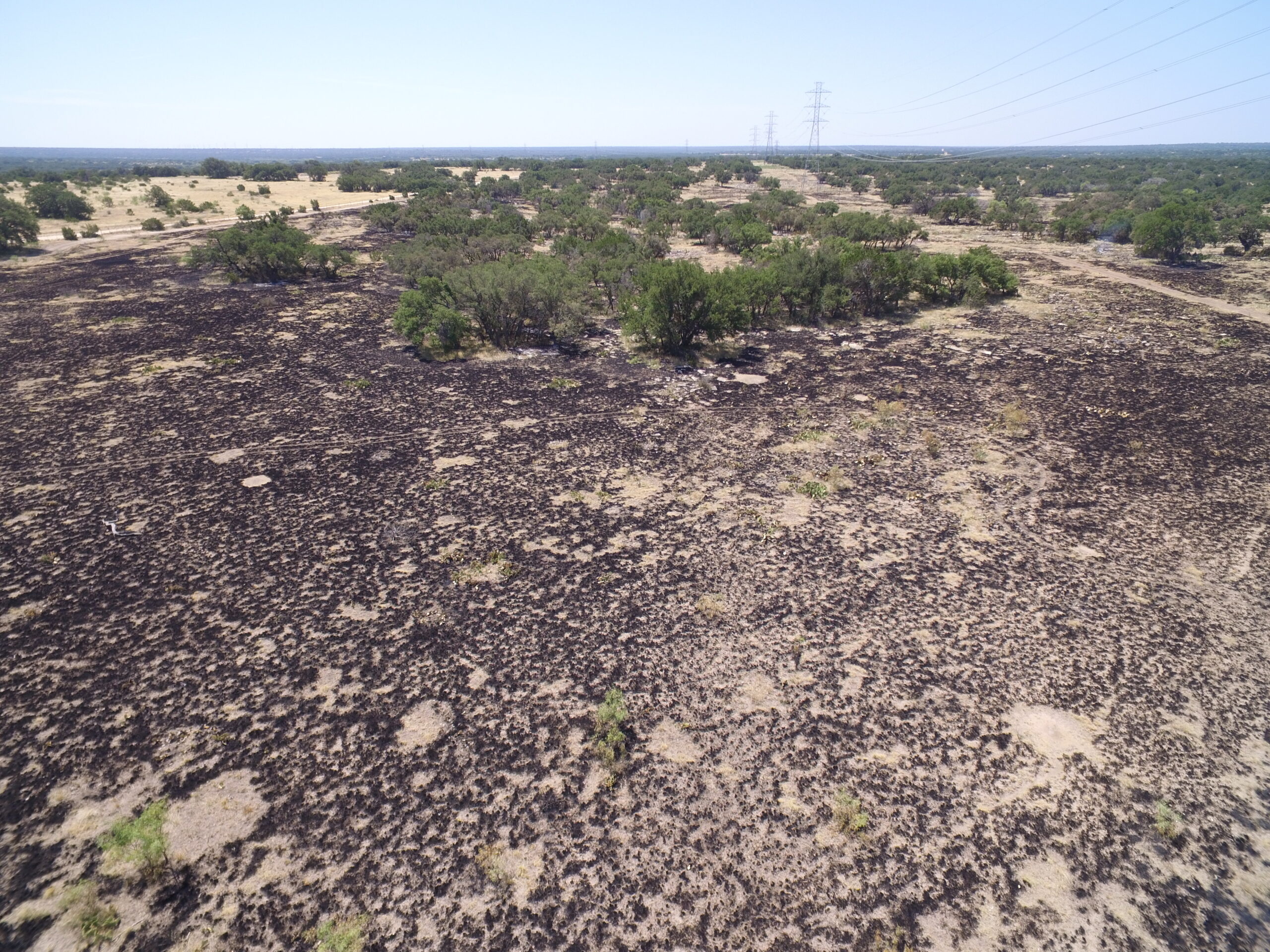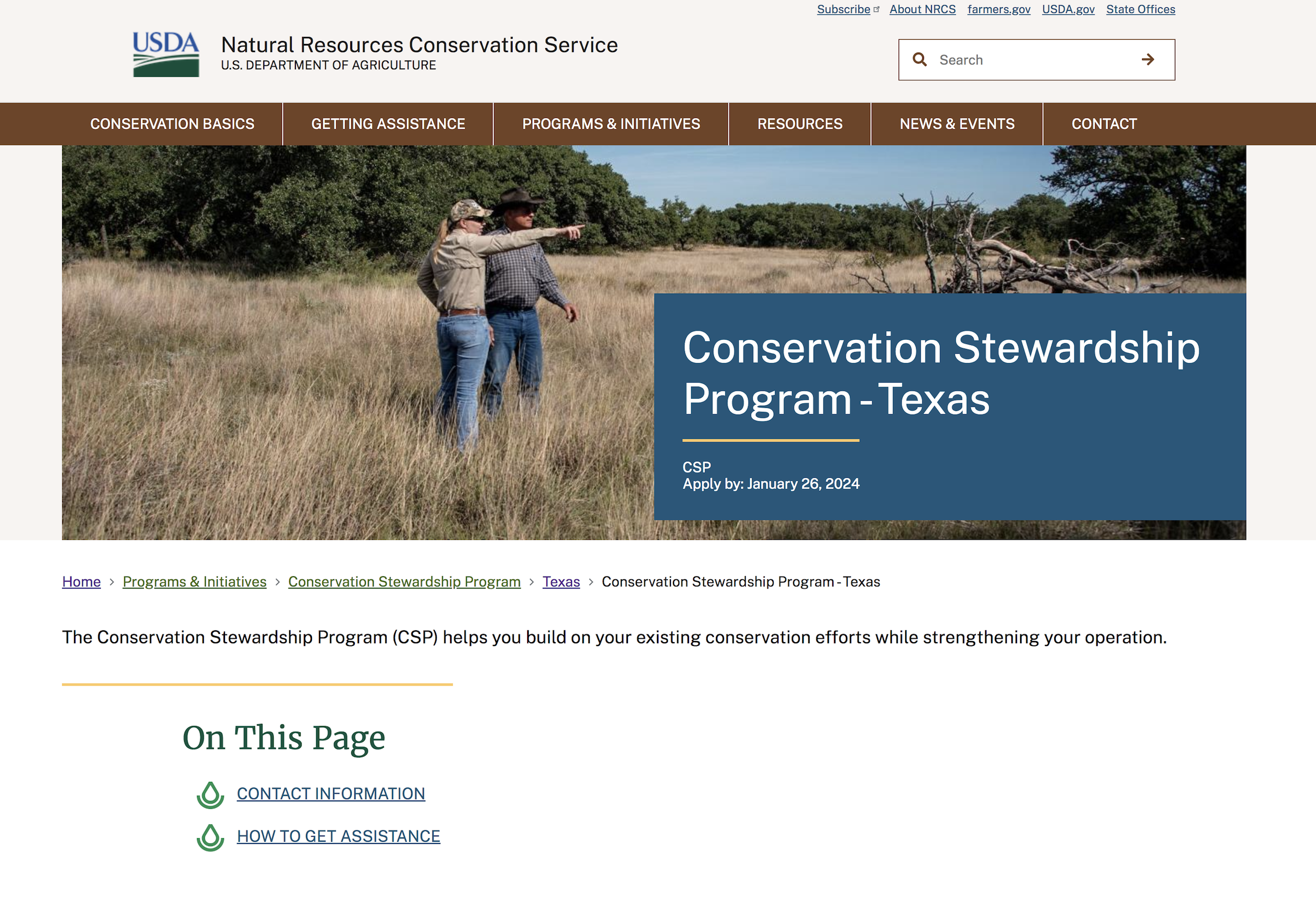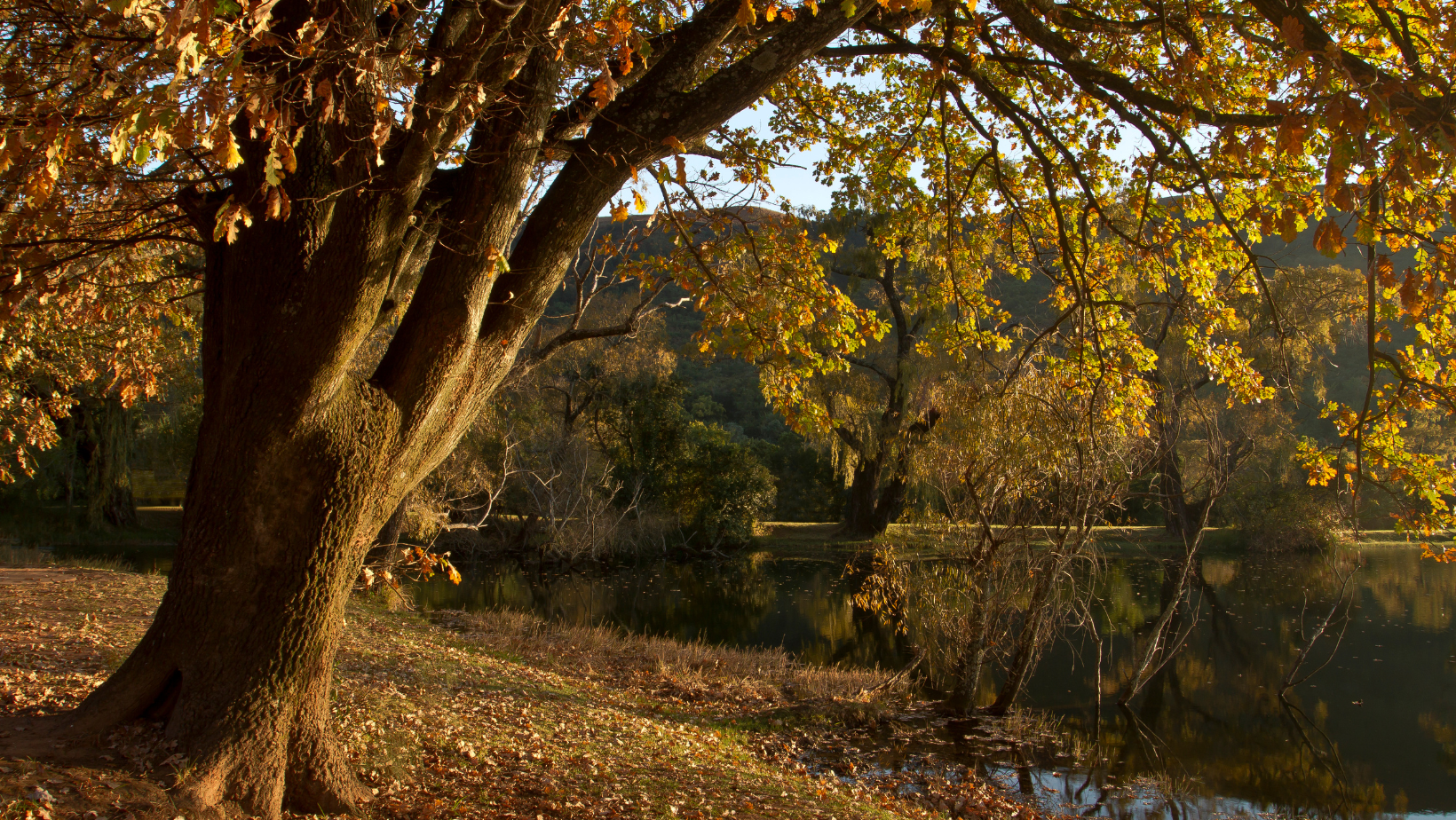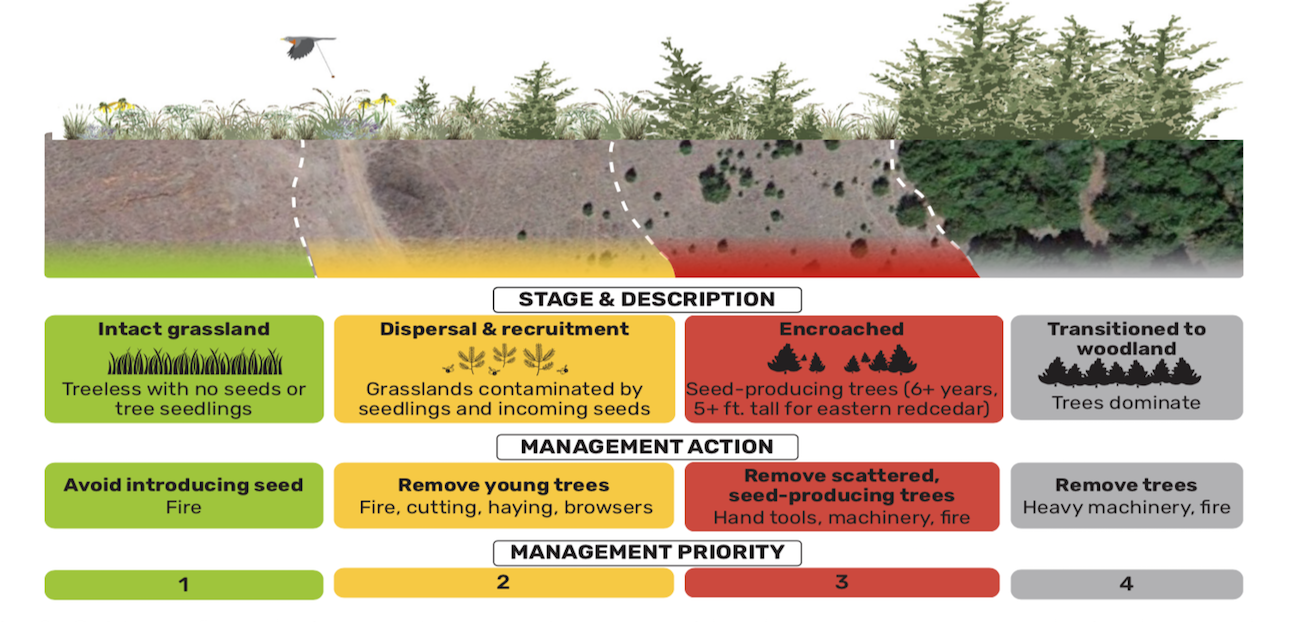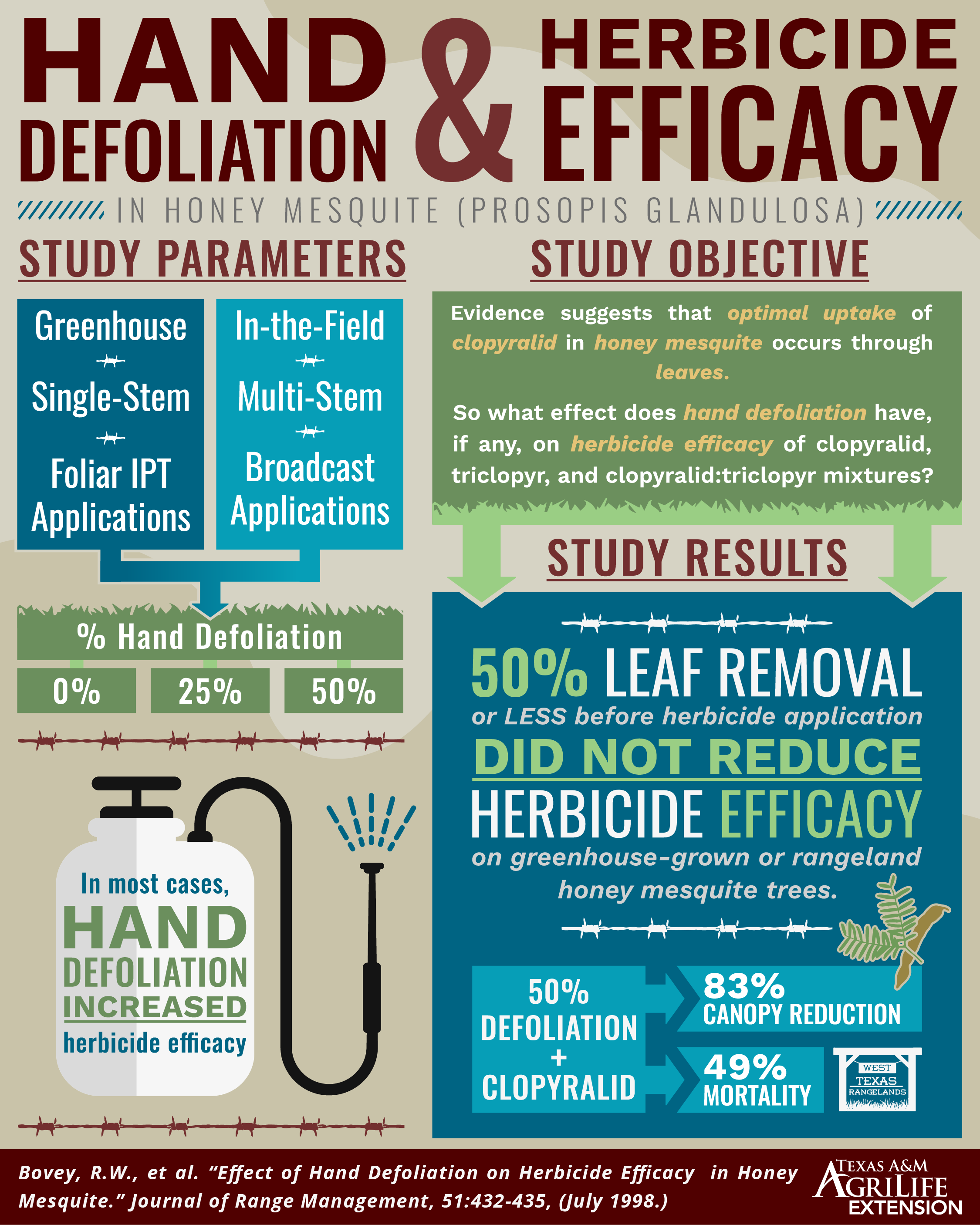 Grasshoppers are in full force this year! Has that delayed your foliar herbicide applications on mesquite? If herbicide application success is dependent on optimal uptake through healthy, mature leaves, then what effect can varying defoliation rates have on herbicide efficacy of clopyralid, triclopyr, and clopyralid+triclopyr applications?
Grasshoppers are in full force this year! Has that delayed your foliar herbicide applications on mesquite? If herbicide application success is dependent on optimal uptake through healthy, mature leaves, then what effect can varying defoliation rates have on herbicide efficacy of clopyralid, triclopyr, and clopyralid+triclopyr applications?
[Read more…] about Herbicide Efficacy Following Defoliation on Honey Mesquite
